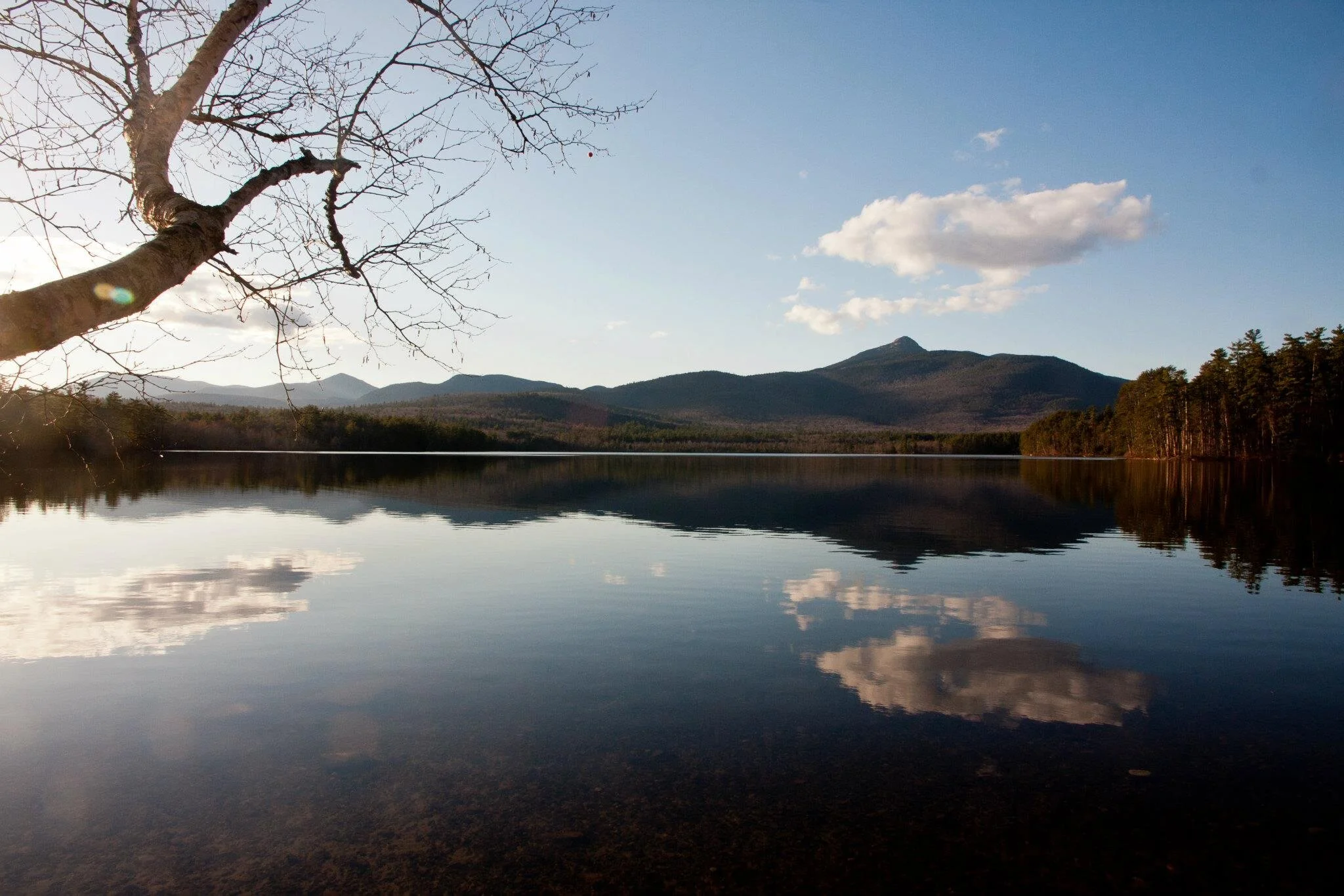Edited by Theo Page
Contributers: Alan Phenix, Pete VanderLaan, Marion Posner, Julie Lanoie, John Watkins
What was the past winter of 2014-15 like for those living in the Chocorua area?
We asked a few of them and they pretty much agreed — it was tough:
“It was the CONSTANT cold and having to stay in a lot just to keep the wood stove going, zero or below every morning, then wondering if the car or the snowplow would start and scraping windshields after sweeping off 6” of snow every other day. And roof shoveling! But my wood stayed dry and the house was never cold.” Alan Phenix
“Sitting in a cozy kitchen watching a mass of snow and ice moving off the barn roof—easily one foot thick and coming off like sheets of icebergs. The firewood is holding up—we’re in the third rack now. The horses haven’t been out of their blankets in over a month and they are bored. My tractor is in their paddock and they empty the tool box on it with their amazing lips, turn on the emergency flashes and lower all the hydraulics.” Pete VanderLaan
“Ice has become the enemy. It is strong. It defies my efforts to curb its power with sand, salt, or a multiple of products. It simply reforms, reinvents itself on top of my warring attempts, in a slick, slithery manner. There’s the perilous path from the safety of hanging onto the car door to the reassurance of the Post Office’s interior, or the glassy, glistening supermarket parking lot where you cling onto a cart for a semblance of safety.” Marion Posner
“But then there’s the beauty of ice—Jack Frost’s intricacies on the windows at dawn, the loud sense of silence when you stand on ice in the middle of the lake under the night sky." Marion Posner
"There was a long stretch of perfectly frozen, smooth ice before it snowed and skating across the lake was a winter highlight.” Julie Lanoie
“The month of February set records for prolonged cold [according to Ned Eldredge, one morning was thirty below zero]. Now the seed catalogues have arrived in abundance, daylight is longer, owls are mating and eagles arriving to snitch pickerel the ice fishermen leave. Three eagles ate 20 fish in one afternoon.” John Watkins
“Winter is such a silent sustained vigil here. Cars are silent with all the snow and just whoosh as they go by. But the sun is strong now—we can feel the ice and snow receding. The pine trees are waking up. You can just hear them. And a ladybug walked across my keyboard last night.” Pete VanderLaan





